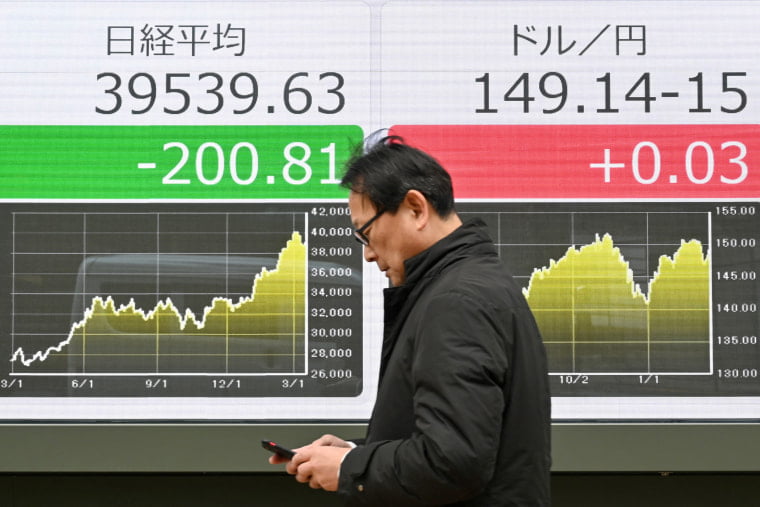The final negative interest rate regime in history was ended by the central bank of the fourth-largest economy in the world, which increased short-term interest rates from -0.1% to about 0% to 0.1%.
In Short
- Boj ends negative interest rate regime, hikes short
- Term rates.
- Ceases aggressive yield curve control strategy.
- Focus on strong wage growth and inflationary pressures.
TFD – Discover how the Bank of Japan’s interest rate hike reflects strong wage growth and its potential impact on the economy’s long-term outlook.

In response to early indications of strong wage growth this year, Japan’s central bank hiked interest rates on Tuesday for the first time since 2007, ending the last negative rate regime in history.
The BOJ said at the conclusion of its two-day March policy meeting that it has increased its short-term interest rates from -0.1% to about 0% to 0.1%. Japan had implemented a negative interest rate policy in 2016.
In addition, the BOJ declared that its aggressive yield curve control strategy for 10-year Japanese government bonds would no longer be implemented. This strategy was used by the central bank to target longer-term interest rates by purchasing and disposing of bonds as needed.
With the goal of ceasing this practice in approximately a year, the BOJ announced that it will cease buying exchange-traded funds and Japan real estate investment trusts (J-REITS) as well as gradually reducing its purchases of corporate bonds.
However, the BOJ will keep investing roughly the same amount of money in Japanese government asset purchases. This is the biggest retreat in its decades-long extreme policy tinkering to reflate the fourth-largest economy in the world through asset purchases and quantitative easing.
Because policymakers saw price increases as mostly imported, the BOJ had not moved from its ultra-loose monetary policy posture even though “core core inflation”—which includes food and energy prices—had been above its 2% target for more than a year.
There are, nevertheless, indications of more steady and organic price increase.
The largest trade union federation in Japan, Rengo, announced on Friday its first provisional update, stating that the ongoing “shunto” spring salary discussions between Japan Inc. and its unionized workers have resulted in a weighted average 3.7% increase in base pay thus far.
Compared to last year’s gains, which were the biggest spike in three decades, that is even more substantial.
The result of this year’s annual “shunto” pay discussions, according to BOJ Governor Kazuo Ueda, will be crucial to long-term price hikes. The Bank of Japan anticipates that wage growth will create a positive feedback loop where inflation is driven by domestic demand.
Conclusion
The BOJ’s decision to raise interest rates signals a shift in policy amidst strong wage growth, aiming to address inflationary pressures and stimulate domestic demand.
Connect with us for the Latest, Current, and Breaking News news updates and videos from thefoxdaily.com. The most recent news in the United States, around the world , in business, opinion, technology, politics, and sports, follow Thefoxdaily on X, Facebook, and Instagram .
